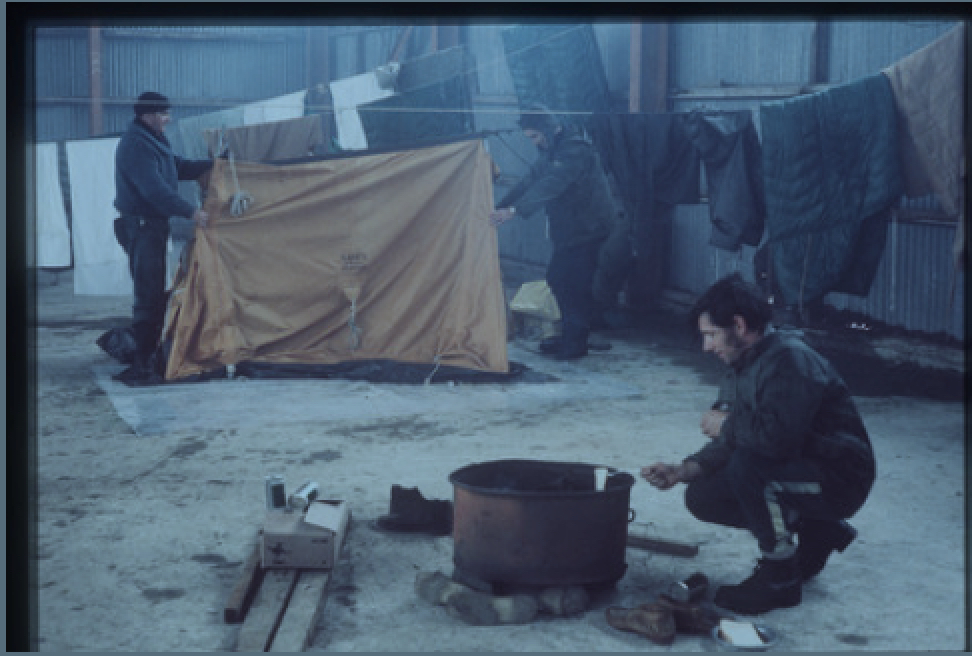()
Today I was dispatched to Platcha Hut to undertake field recording at Breid Basin located at the ice shattered foot of the Antarctic Plateau. Nestled between Davis Station and the East Antarctic ice sheet are the magnificent Vestfold Hills - a series of ice-free coastal hills ranging in altitude from 30 to 160 metres and comprising up to 300 lakes and ponds. Most of the landscape is crystalline, brown or grey, lacerated by igneous dolerite forming black stripes across the bare hinterland. Platcha Hut is one of several field huts used for research and recreation purposes scattered throughout the region. It proves to be an ideal base for recording in and around the Antarctic Plateau where I focus on the hollow sound of various streams bubbling underneath the massive ice sheet. Occasionally a huge chunk of ice is expelled into the basin in response to the radiant heat generated by the sun, which rarely sets at this time of year. Inside the hut are a series of rustic bunks that can accommodate six people, sleeping bags, small table, gas stove and heater. Stacked in neat piles are ample quantities of dehydrated food stocks in the event bad weather strands anyone for a protracted amount of time. Tucked underneath one of the bunks is a box of pornographic magazines dating between the 70s and the 90s. The series of voluptuous and contorted bodies faded by time, like the worn interior of the lugubrious hut and the decaying hills that surround it.
- Text – 2010: Platcha Hut, Eastern Antarctica
